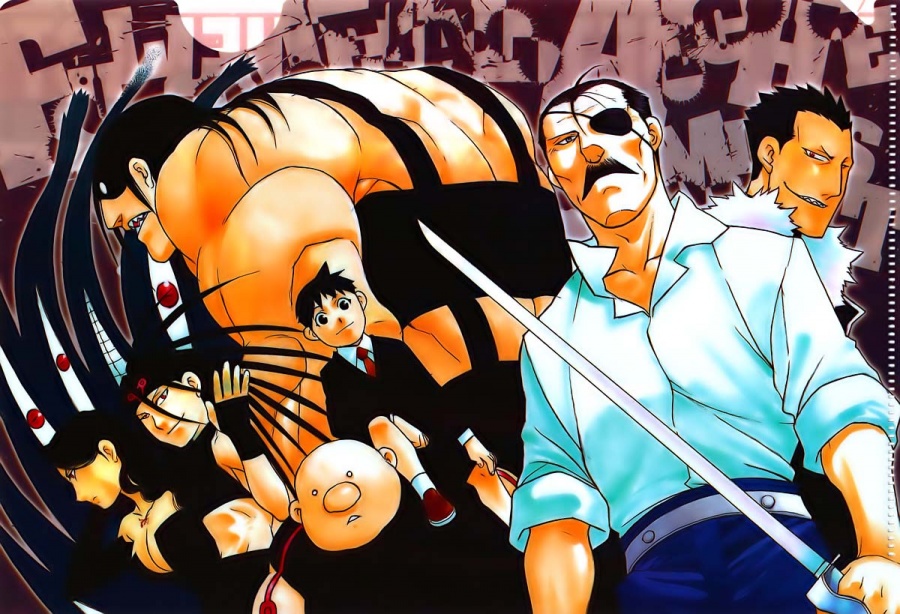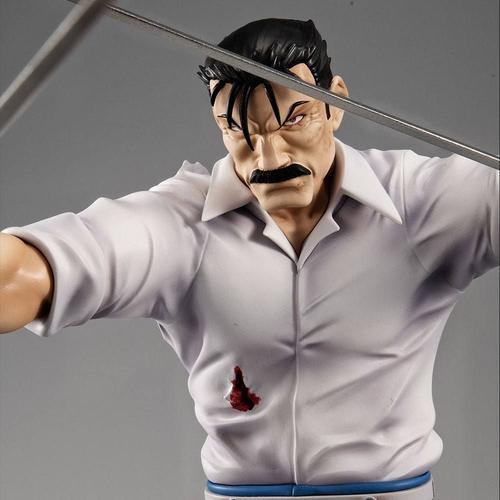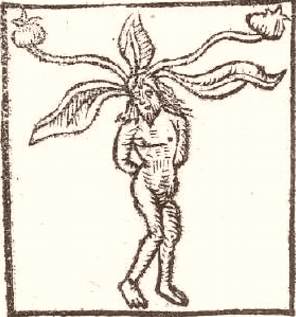
If you like fantasy books that poke every available pantheon and trope, if you like a fast pace, lots of action, and plenty of sword and sorcery, you might enjoy this one. I would give Homunculus and the Cat three stars out of five.

We don’t see them grow as characters, so we don’t really care that much about their fate. The problem with a new magical creature on almost every page is that we just don’t get to know any of them. He just tries to cram too much into his tale. Author Croft writes with humor and a nice feel for dialog. And that’s a shame, because so many of the right ingredients are there. I tried to track the cat’s lives as she sacrificed one after the other for her friends, but even that was hard to follow. The cast was so vast that there was almost no chance for or evidence of character development. I couldn’t keep the characters straight, let alone track the constant shifts in point of view. Along the way they meet centaurs, vampires, fey, dragons, mermaids, a boatload of gods and goddesses, and just about every other mythological and magical creature you could imagine.Īnd for me, that was the problem. That seemingly hopeless quest sends the pair all over the known world and into a few other ones. Tyro, cat at his side, has dedicated his life to obtaining full civil rights for the apparently soulless homunculi. Regenerated into life number two, she eventually ends up with Tyro, a human with a mysterious background. That life is ended when she saves the life of a homunculus. She’s a winged kitten, really, just starting on the first of her nine lives. In Nathan Croft’s world, the story starts with a magical cat. The concept has roots in preformationism as well as earlier folklore and alchemic traditions.” Okay, then.

Popularized in sixteenth century alchemy and nineteenth century fiction, it has historically referred to the creation of a miniature, fully formed human. Wikipedia helpfully explained: “A homunculus (Latin for “little man”, plural: “homunculi” from the masculine diminutive form of homo, “man”) is a representation of a small human being.

You don’t know what that is either.) This is possibly the first book where the very title sent me to Google. In the book, every sentient (and a fair number of not-so-sentient) creature has his or her own godfriend, a deity with whom they have a personal relationship. But it certainly wasn’t for lack of trying. He might have missed one or two pantheons or mythical creatures. There might be a few fantasy tropes left unrepresented.

Apparently not getting an answer, he rolled up his sleeves and wrote Homunculus and the Cat. Author Nathan Croft took the fantasy kitchen sink mashup into why-the-hell-not? territory.


 0 kommentar(er)
0 kommentar(er)
